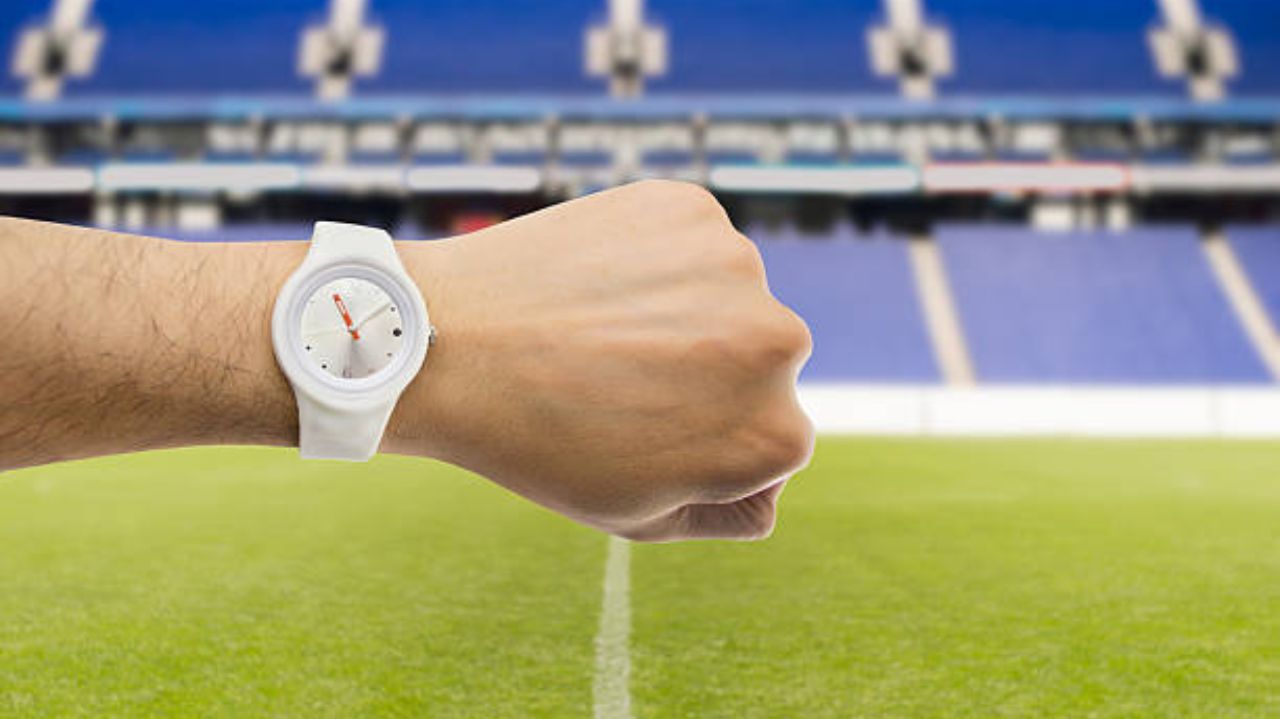Understanding the duration of a high school soccer game is essential for players, coaches, parents, and spectators. Whether you’re strategizing for the next big match or planning your schedule around game day, knowing how long these games last can make all the difference.
Regulation Time
A typical high school soccer game consists of two halves. The exact length can vary, but most games follow a standard duration set by governing bodies like the National Federation of State High School Associations (NFHS).
Length of Each Half
Each half of a high school soccer game is usually 40 minutes long. This makes the total regulation time 80 minutes. However, there can be slight variations depending on local regulations or specific tournament rules.
The Half-Time Break
Between the two halves, there’s a half-time break, typically lasting about 10 minutes. This break allows players to rest, rehydrate, and receive coaching advice before heading back onto the field for the second half.
What Happens If the Game is Tied?
If a high school soccer game ends in a tie after regulation time, it doesn’t necessarily mean the game is over. Many competitions have specific rules for handling tied games.
Overtime Rules
In some cases, the game goes into overtime, consisting of two 10-minute halves. This additional time provides a chance for one team to break the tie and secure a victory.
Golden Goal Rule
Some leagues implement the “Golden Goal” rule, where the first team to score in overtime wins the game immediately. This rule adds excitement and urgency to the overtime period.
Penalty Shootouts
If the game remains tied after overtime, it often proceeds to a penalty shootout. Each team takes turns shooting from the penalty mark, and the team with the most goals after a set number of attempts wins the game.
Adding Time for Injuries
Injury time, also known as stoppage time, is added to compensate for time lost due to injuries and other interruptions during the game.
How Injury Time is Calculated
The referee is responsible for calculating injury time. They keep track of delays and announce the added time at the end of each half. This can range from a minute or two to several minutes, depending on the extent of the interruptions.
Impact on Game Duration
Injury time can extend the duration of the game, making it unpredictable. It’s crucial for players and coaches to remain focused until the final whistle, as the added minutes can significantly impact the outcome.
Dealing with Weather Conditions
Weather can play a significant role in the duration of a high school soccer game. Heavy rain, lightning, or extreme heat can lead to delays or interruptions.
Rules for Weather Delays
Most high school leagues have strict guidelines for weather delays. For example, games might be paused for lightning and can only resume after a specific period without further lightning strikes.
Rescheduling and Continuation of Games
If a game is significantly delayed, it may be rescheduled. The rules for continuation vary, but usually, the game resumes from the point of interruption, maintaining the previous score and remaining time.
The Role of the Referee in Game Timing
The referee has substantial control over the game’s timing. They make decisions regarding stoppage time, injury time, and any necessary adjustments due to interruptions.
Stoppage Time Decisions
Referees must use their discretion to determine how much stoppage time to add. This decision is crucial, as it ensures fair play and gives teams a chance to compensate for lost time.
Ensuring Fair Play
The referee’s role is to maintain fair play throughout the game. Their decisions on timing and interruptions aim to ensure that neither team gains an unfair advantage due to delays or stoppages.
Differences in Rules Across Associations
While the NFHS sets the standard rules for high school soccer, there can be variations based on state or local associations. It’s important to be aware of these differences if you’re involved in high school soccer in different regions.
National Federation of State High School Associations (NFHS) Rules
The NFHS provides a comprehensive rulebook that most high schools follow. Their guidelines cover the duration of the game, overtime rules, and handling of interruptions.
State and Local Variations
Individual states or local leagues may have their own rules that slightly differ from the NFHS guidelines. Coaches, players, and parents should familiarize themselves with these variations to avoid any surprises.
Conclusion
Understanding the duration of a high school soccer game is crucial for everyone involved, from players to spectators. The standard 80-minute game can extend due to overtime, injury time, and weather interruptions, making flexibility and preparedness key. By familiarizing yourself with the rules and potential variations, you can better enjoy and engage with high school soccer.
FAQs
How long is each half in a high school soccer game?
Each half in a high school soccer game is typically 40 minutes long.
What happens if a high school soccer game is tied?
If a high school soccer game is tied after regulation time, it often goes into overtime, and if still tied, it can proceed to a penalty shootout.
How is injury time determined in high school soccer?
Injury time is determined by the referee, who adds time at the end of each half to compensate for delays caused by injuries and other interruptions.
Can weather affect the duration of a high school soccer game?
Yes, severe weather can lead to delays, interruptions, or even rescheduling of high school soccer games.
Do all high school soccer games follow the same timing rules?
No, while the NFHS provides standard guidelines, there can be variations in rules across different states and local associations.

